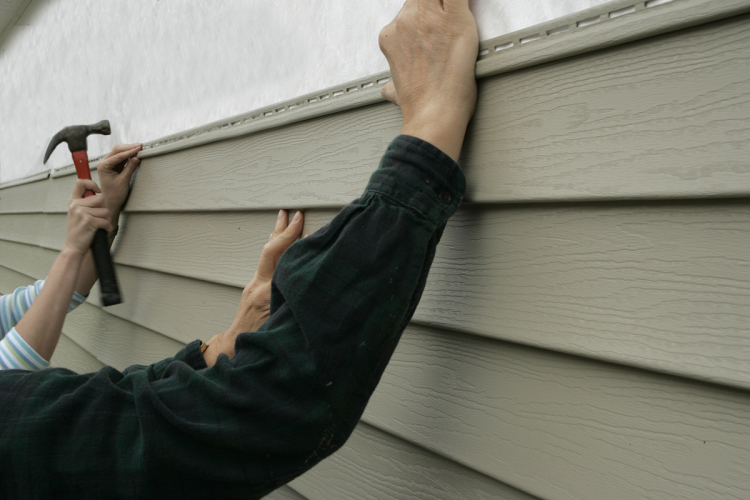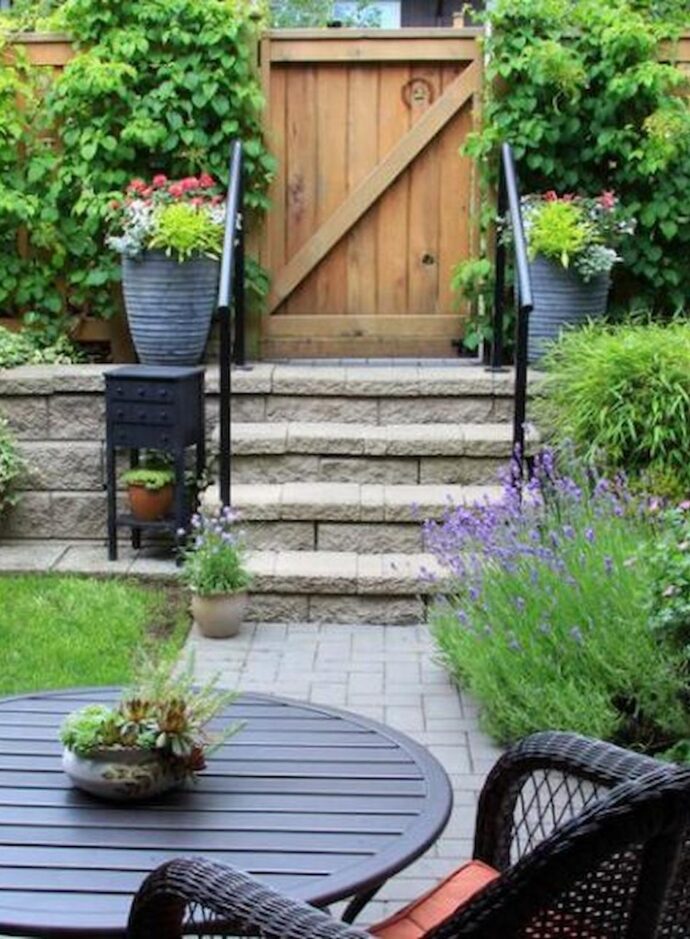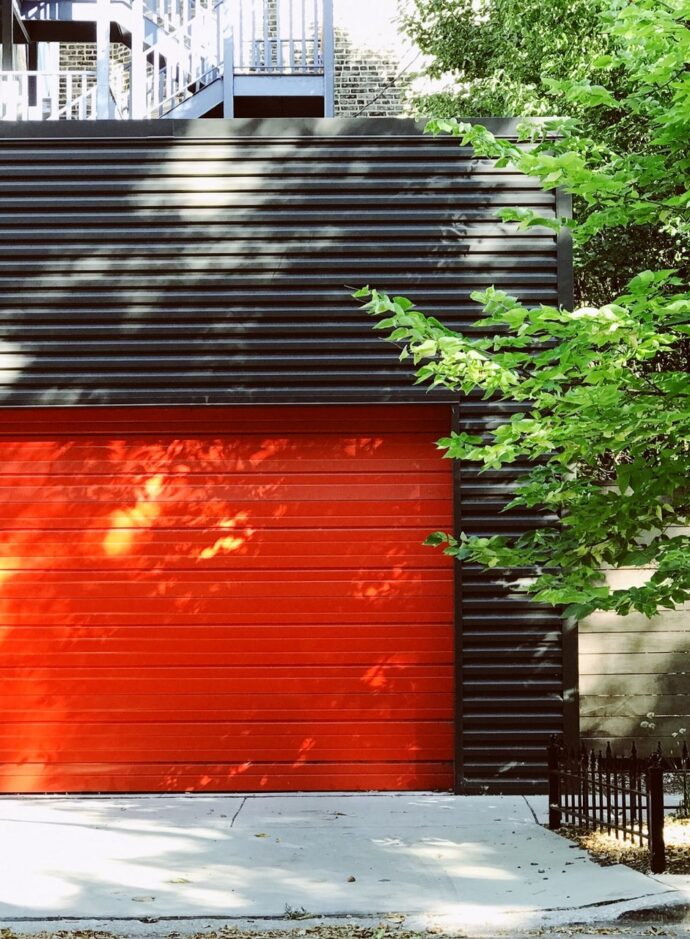A part of your house that you probably don’t think about very often, siding is generally greatly overlooked. While most homeowners concern themselves with roofs, gutters and eaves, siding is an aspect of your home that has many important roles.
Some of the ways in which siding shows its importance is through its insulating properties. Working in a similar way as regular insulation, siding helps shield the home and insulate it from harsh elements and weather conditions. Siding also helps in retaining moisture. Rain and snow is prevented from entering into the walls of your home, and more importantly from entering into the insulation. Wet or moist insulation is a drastic problem, one that can cause mold, mildew and even structural damage. Siding helps reduce the chance of any moisture build-up from occurring, by being the barrier between the interior of your walls and the elements.
Before you jump into replacing your siding, here are some ways in which to manage and maintain your current siding.
Vinyl
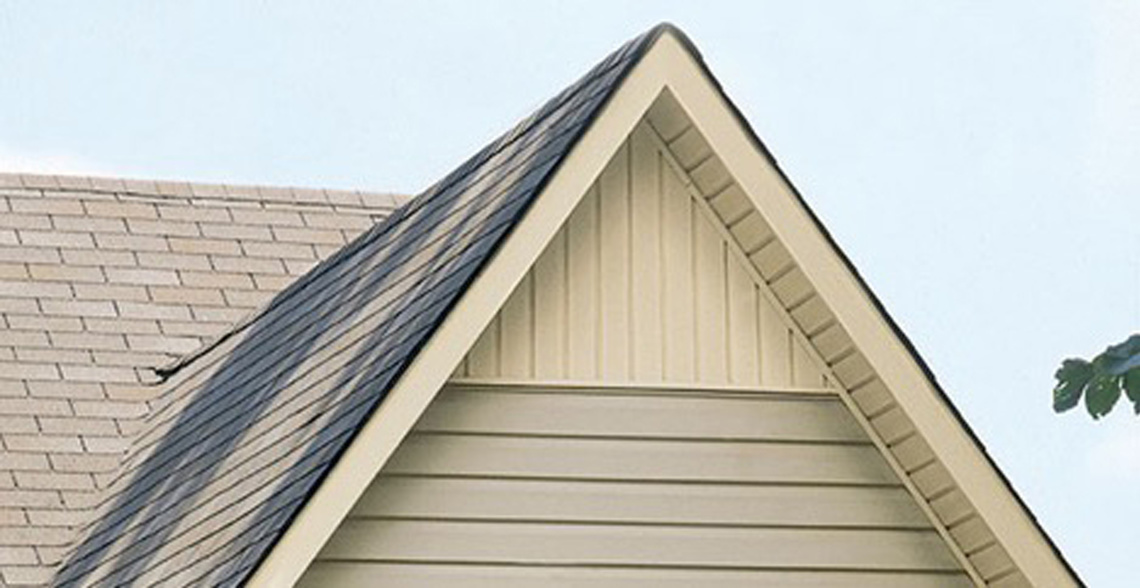
Vinyl siding is one of the easiest to care for, as it has been designed to be left alone after installation. However, it is possible that things might need attention. Before or after summer, have your siding power washed. This helps remove any spiders or insects that have made homes in the ledges of the siding, keeping the integrity of the vinyl intact. If you do notice any flaps or pieces coming loose, attend to them soon. Storms can further damage or loosen these flaps, warping the shape and thus preventing them from fitting back in, resulting in a replacement.
How to know when it is time to replace your vinyl siding? Because of its maintenance-free selling point, vinyl usually lasts decades. For the most part, the only times you will need to replace it would be when you notice warped, bent or loose flaps in the siding. As mentioned, these can lead to a multitude of problems, causing bigger structural damage from occurring. Consult a roofing company for an idea of when to replace, if you do see this happening.
Wood
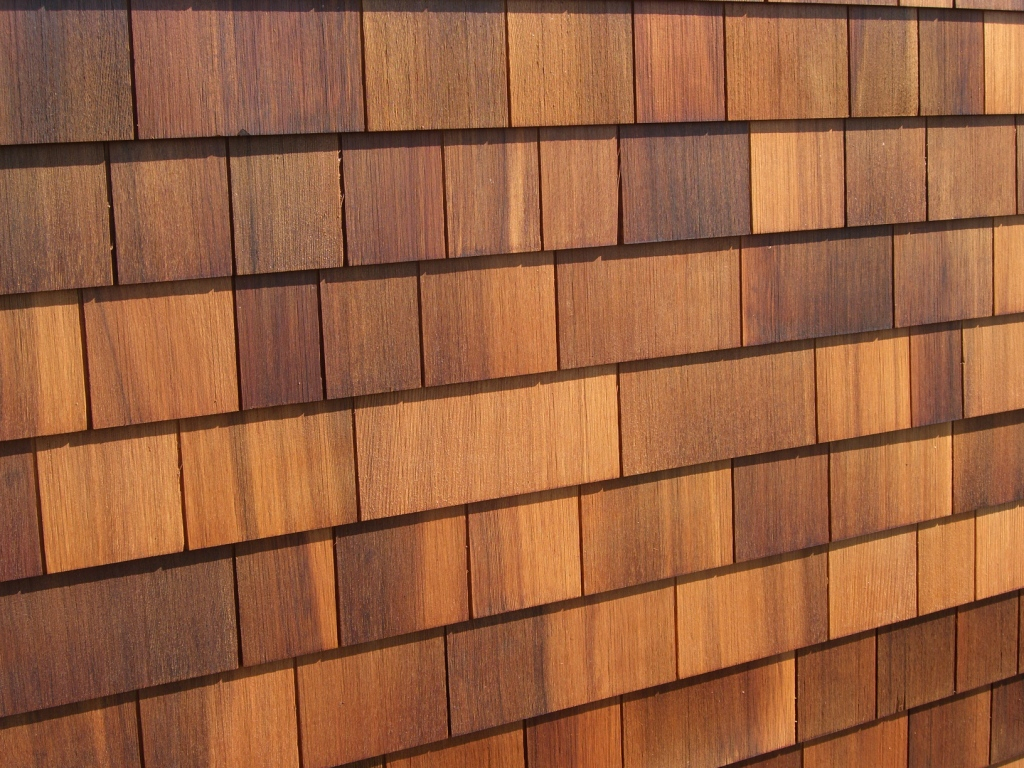
Treat your wood siding every 4-6 years, depending on the weather in your area. The wetter and more moist the climate, the more often you’ll have to refinish your siding, as moisture and wood do not mix well together. Pressure washing is the method used to treat wood, a great way to clean up the outside of your home. Be sure to check for any loose sheathing or rotting elements, and have them repaired as soon as possible to prevent further damage or worse, replacement. A roofing company can take care of this for you.
Despite wood’s beautiful finish and the charming beauty it exudes, it is one of the most demanding types of siding available on the market. In the best scenarios and under the best maintenance, wood siding can last for decades. As mentioned, checking for mold, pests, termites, and rot often will help in ensuring the integrity of your siding, and help you avoid replacement.
Stucco
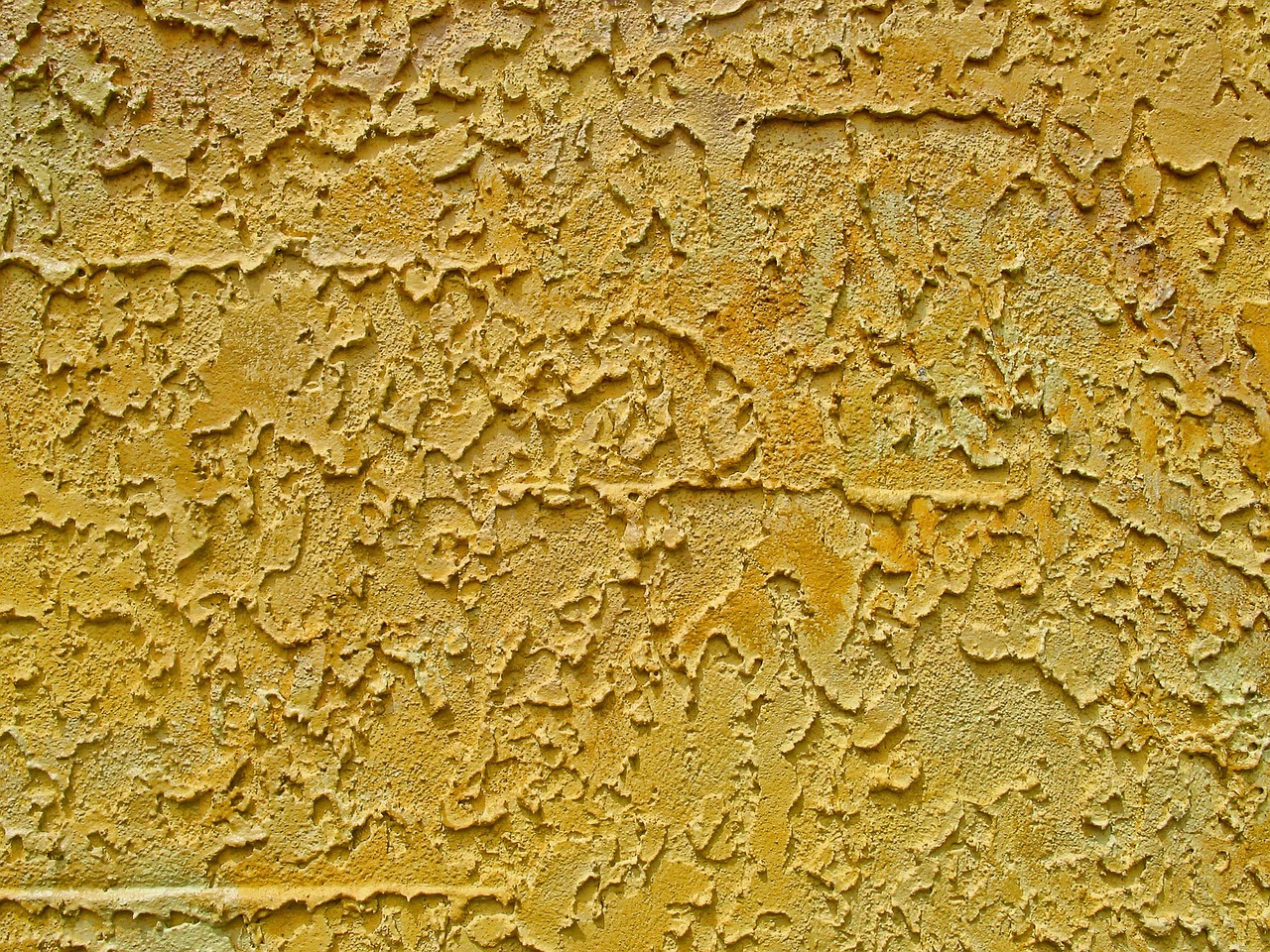
Woodpeckers are usually the culprits when it comes to problems with your stucco siding. To prevent a family of birds from moving into your walls, repairing the holes they make will be necessary. Stains are also common with stucco, so be sure to notice any that might be present and tend to them in a timely fashion.
Metal
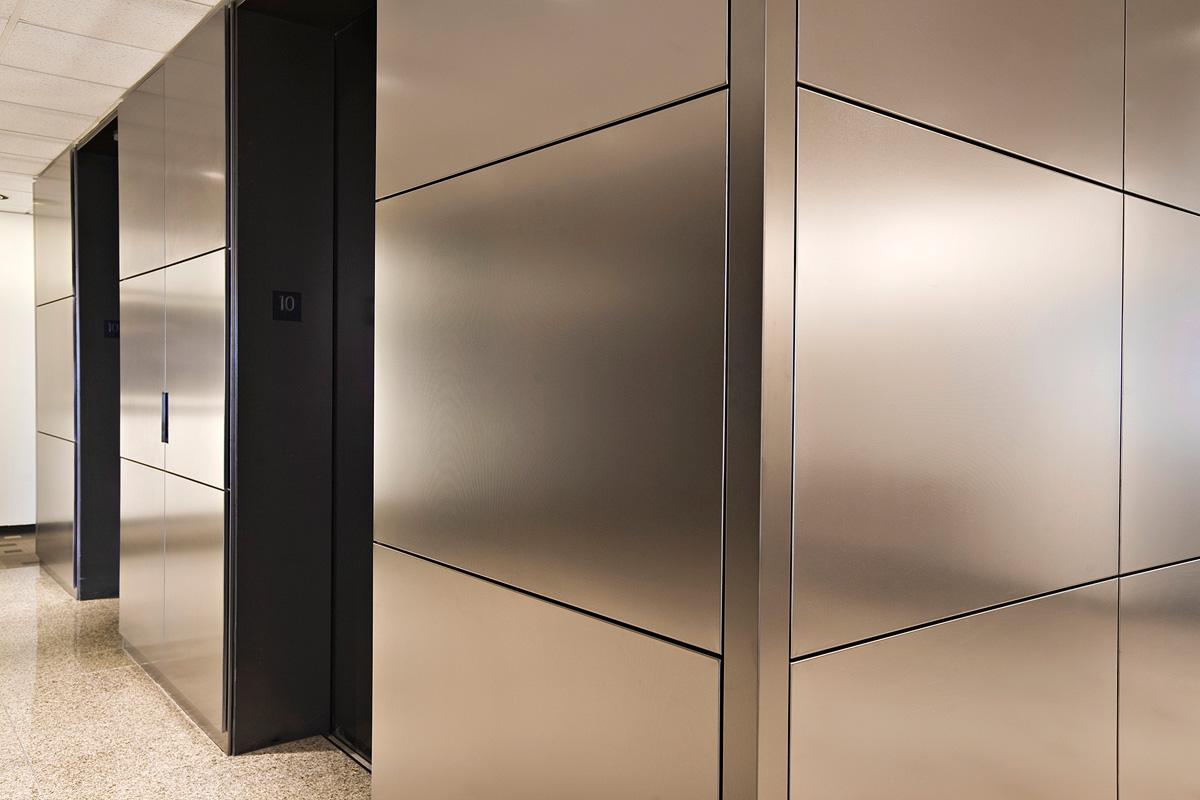
Metal is prone to rusting, even in siding. If you see this happen, scrape off the rust and then coat it with a sealant to prevent the rust from going through.
Metal or aluminum often lasts for decades, but the enamel finish usually begins to chip away after about 15 years. Dull and lacklustre siding is not appealing, so to keep your aluminum or metal siding looking fresh, you will have to repaint it every few years.
Despite the type of siding you have, any of the below signs are an indication that you immediately should replace your siding.
- Bubbling or blisters
- Hail damage
- Outdated colour (can hinder your chances at selling your home if the colour is offensive)
- Wildlife damage
- Dry rot (a fungus fueled my moisture)
- Cracks in the siding
- Loose siding
- High energy bills (often means your siding is not properly insulating your home)
- Interior paint and wallpaper peeling (your siding is letting moisture in)
- Extremely faded siding (a sign that it has reached its lifespan)

